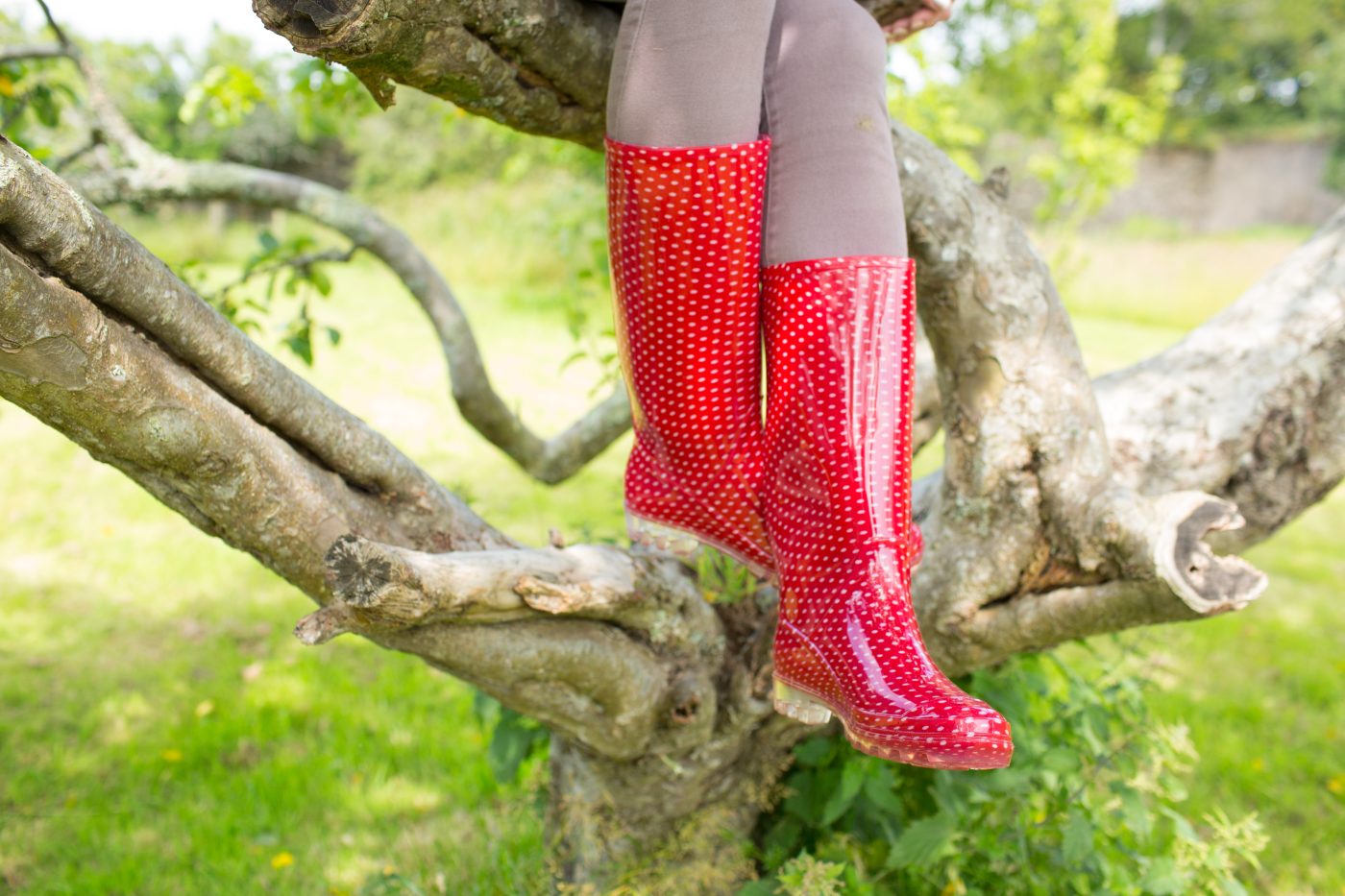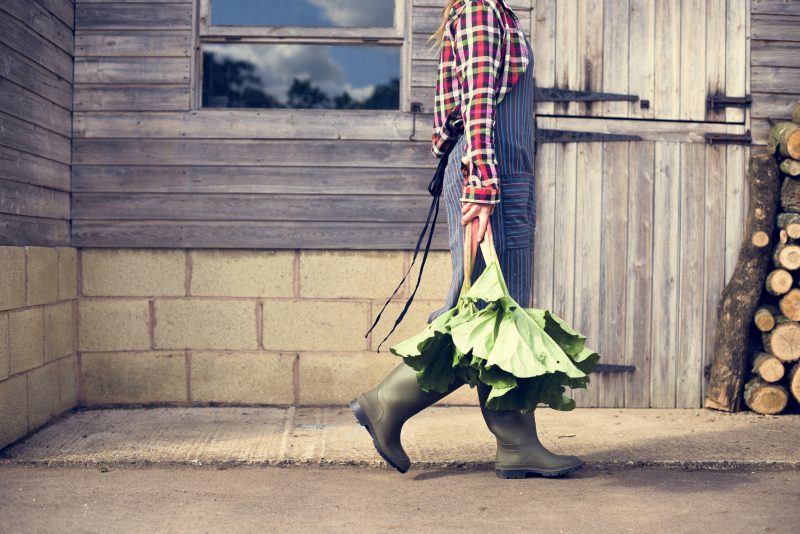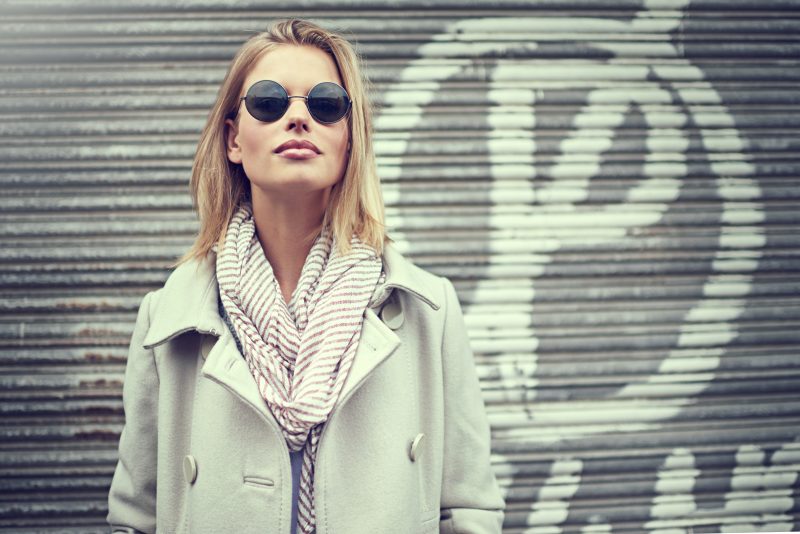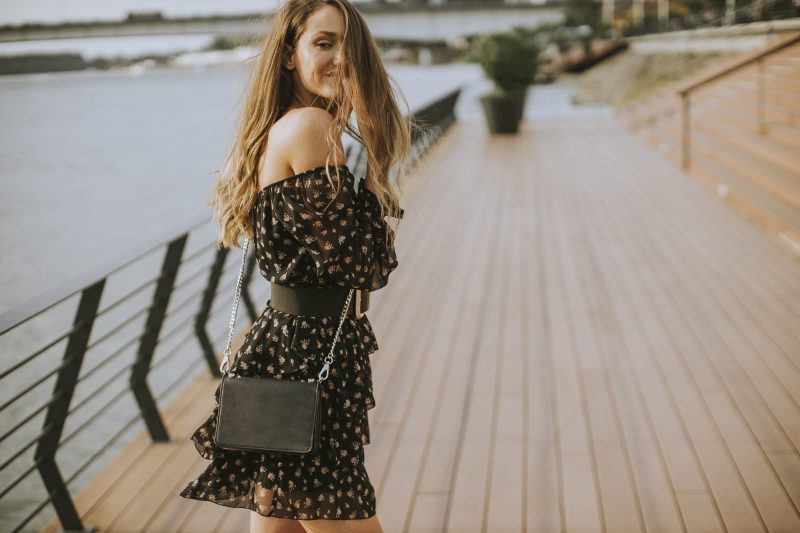The first time I wore wellies to a festival, I was 19 and spectacularly unprepared for what lay ahead. It was Glastonbury 2008, and I’d picked up a pair of bright yellow rubber boots from a garden centre on the way, convinced I was making a practical yet cheerful choice. What followed was three days of blisters, sweaty feet, and the slow realization that my budget boots had absolutely no grip whatsoever as I slid down a muddy hill towards the Pyramid Stage, taking out two strangers and a man selling questionable falafel on my way down.
By Sunday evening, I’d abandoned the yellow monstrosities outside someone else’s tent (sorry about that) and was squelching around barefoot, my feet stained a concerning shade of brown that took several serious scrubs to remove once I made it home. I vowed then and there that I would never compromise on festival footwear again. Either I’d bring proper wellies or I simply wouldn’t go.
Seventeen years and countless festivals later, I’ve developed what my friends refer to as “slightly obsessive welly standards.” But here’s the thing—I’ve never had another blister, never lost my footing on a muddy incline, and never had to bin my boots before the weekend is out. I’ve also never looked like I’m about to start mucking out stables or directing traffic in a hi-vis jacket. Because contrary to popular belief, wellies don’t have to be awful, neither in form nor function.
The British festival scene presents a unique sartorial challenge. Unlike our American counterparts with their desert-based Coachella and sun-baked Lollapalooza, we’ve embraced the meteorological roulette wheel that is outdoor events in the UK. Our festivals exist in a perpetual state of mud-based anticipation—will it be the kind of thick, clayey mud that sucks shoes clean off feet, or the more insidious silty type that spatters up legs with every step? Either way, wellies aren’t just a fashion choice; they’re essential survival gear.
But essential doesn’t have to mean ugly, and that’s the hill I’m willing to die on (preferably while wearing wellies with excellent traction).
Let’s start with the elephant in the room: Hunter Boots. Yes, they’ve become something of a festival cliché, particularly the glossy black or green Original Tall versions. Yes, there’s something slightly amusing about watching thousands of middle-class people affecting a country squire aesthetic while waiting for Arctic Monkeys to come on stage. But there’s a reason they’re ubiquitous—they’re genuinely good boots.

I invested in a pair of Hunter Original Talls after the Yellow Boot Disaster of 2008, and they served me well for nearly a decade before finally developing a crack last year. The key is to avoid the super-shiny versions that scream “I’ve bought these specifically for Glastonbury and they’ll never see actual countryside.” The matte black or navy options are much more versatile and don’t show mud stains as dramatically.
Hunter has also gotten smarter about festival-specific designs in recent years. Their Play boots—shorter, lighter, and more flexible than the Original—are ideal for day festivals or events where you’re not camping and therefore don’t need the full apocalypse-ready approach. I picked up the Play Boot Clogs last summer—slip-on rubber shoes that offer all the waterproof benefits of wellies without the full commitment—and they’ve proven surprisingly useful for one-day events where rain is threatening but not guaranteed.
If you want to avoid the Hunter ubiquity altogether, Aigle offers an excellent alternative. This French brand has been making rubber boots since the 1800s and brings a certain Gallic flair to what could otherwise be purely utilitarian footwear. Their Parcours 2 boots have a neoprene lining that makes them considerably more comfortable for long wear, and the tri-density sole provides grip that puts most other wellies to shame. They’re not cheap—expect to pay around £150—but they’ll last years, even with regular use beyond festival fields.
What makes Aigle particularly good for festivals is the weight-to-durability ratio. Many truly waterproof, grippy boots feel like you’re walking around with concrete blocks attached to your feet—not ideal when you’re already navigating difficult terrain and probably haven’t slept properly in days. Aigle somehow manages to create boots that can handle serious mud but don’t require Olympic-level leg strength to lift with each step.
For those seeking something a bit more distinctive, Ilse Jacobsen’s lace-up rubber boots offer a refreshing departure from traditional welly shapes. The Danish designer’s boots look almost like hiking footwear but provide full waterproof protection. The lace-up detail allows you to adjust the fit around your calf—a godsend for anyone who finds standard wellies either too tight or too loose in that area. I borrowed a pair from my friend Priya for End of the Road Festival last year when my Hunters finally gave up the ghost, and the comfort level was genuinely surprising—no breaking-in period required.
Le Chameau occupies the luxury end of the welly spectrum, with prices to match (their Vierzonord model will set you back around £200). These are the boots that actual aristocrats wear for actual country pursuits, so they’re possibly overkill for watching Wet Leg in a field, but they do come with properly technical features like neoprene linings, reinforced shanks, and the kind of grip that makes you feel invincible on slippery surfaces. If you’re the sort of person who does multiple festivals each summer and also enjoys countryside walks year-round, they could be worth the investment—think of them as the festival equivalent of buying an expensive mattress. Justified because of the hours you’ll spend using it.
At the more affordable end, Joules has stepped up its welly game considerably in recent years. Their boots manage to be fun without veering into novelty territory—subtle prints or color details rather than all-over patterns that you’ll regret by next season. The adjustable back gusset on their taller styles is a particularly thoughtful feature, allowing you to wear them comfortably over different thicknesses of socks or leggings depending on the temperature (because let’s face it, British festivals can require both sunscreen and thermals within the same 24-hour period).
For those seeking a more streamlined silhouette, both Everlane and Matt & Nat offer rain boots that look more like Chelsea boots than traditional wellies. These won’t provide the same level of protection as a full-height rubber boot—if you’re wading through Glastonbury at its biblical worst, you’ll want more coverage—but for more moderate conditions or urban festivals where you’re primarily on paved surfaces with occasional muddy patches, they’re a brilliant compromise between practicality and style.
My colleague Sophie swears by her Merry People boots, an Australian brand that’s relatively new to the UK market but gaining traction among the fashion-conscious festival crowd. Their Bobbi Rain Boots manage to look like a cool ankle boot while providing serious waterproofing, and the neoprene lining means they’re comfortable enough to wear all day without feeling like you’re giving your feet a sauna treatment.
Let’s talk about the practical details that separate merely adequate festival wellies from truly great ones. First, grip is non-negotiable. Those smooth-soled cheap boots might seem fine on dry ground, but the first hint of mud turns them into death traps. Look for deep treads and ideally rubber formulated specifically for wet conditions. Second, consider the lining—unlined rubber boots get sweaty fast, leading to the dreaded “welly rub” that can ruin a weekend before it’s properly begun. Neoprene or fabric linings make a massive difference to comfort levels, particularly if temperatures drop overnight.
The height question is also worth considering based on your specific festival plans. If you’re doing a serious mud-fest like Glastonbury, taller boots provide better protection against the elements, but they can be cumbersome and hot if the weather unexpectedly turns sunny. Mid-height boots offer a good compromise, protecting against all but the deepest puddles while allowing more freedom of movement. Some brands, like Ariat, even make specifically articulated boots designed to flex properly as you walk, preventing that stiff-legged welly waddle that’s the tell-tale sign of a festival novice.
Don’t forget to consider what you’ll wear with your chosen wellies. The classic British festival formula of denim shorts, oversized vintage band t-shirt, and wellies has endured for a reason—it works for our unpredictable climate and can be layered up or down as needed. But the right wellies can handle more adventurous styling too. I’ve seen people looking genuinely fantastic in floral dresses with carefully chosen rain boots that pick up a color from the print, creating an intentional look rather than a practical compromise.

My friend Leila, who works as a stylist and attends festivals professionally rather than just for fun, has developed a signature look involving a slip dress, oversized men’s blazer, and her glossy burgundy Hunters. It’s a combination that travels seamlessly from muddy field to afterparty without looking like she’s dressed for two different events. The key, she insists, is choosing wellies in an unexpected color or with a distinctive detail that makes them look deliberate rather than merely functional.
Storage is another consideration that separates casual festival-goers from seasoned veterans. Good wellies aren’t cheap, and leaving them caked in mud for months between events is a recipe for cracked rubber and mildew. After each use, rinse them thoroughly (festival showers work fine if you’re not precious), dry them with a cloth if possible, and stuff them with newspaper to help them maintain their shape. At home, store them upright in a cool, dry place—not in direct sunlight or near radiators, which can cause the rubber to perish prematurely.
For those who attend multiple events each season, consider adding protection to your wellies before they face their first mud bath. Rubber boot treatments can help prevent that weird white bloom that sometimes appears on colored boots, while reinforcing the waterproofing that keeps your feet dry. It’s the festival equivalent of applying sunscreen—preventative measures that your future self will thank you for.
As with so many things in life, the right festival wellies come down to balancing competing priorities: comfort versus protection, style versus practicality, investment versus affordability.
My personal festival footwear journey has taken me from those ill-fated yellow garden boots through classic Hunters and now to a rotation that includes my trusty Aigles for serious mud situations and more streamlined rain boots for urban events.
This summer, I’ll be packing my newest acquisition—a pair of dark green Ilse Jacobsen lace-ups—for Green Man in Wales, notorious for its ability to transform from idyllic countryside to mud soup at the first hint of rain. I’ve waterproofed them, tested them on long walks, and chosen socks that work perfectly with their lining. It might seem like overkill, but after seventeen years of festival experience, I know that nothing ruins a weekend faster than uncomfortable feet.
So whether you’re a festival veteran or preparing for your first mud-adjacent musical experience, give your footwear the consideration it deserves. Your feet, your festival neighbors (who won’t have to listen to you complain), and quite possibly the falafel seller who won’t get taken out by your impromptu mud skiing will all thank you for it.



